BASIC CONCEPTS
eco-, passive, km0, permaculture, bio-, low tech, green are some basic terms used when talking about sustainability.
There are three pillars that we must take into account when talking about sustainability:
- socio-cultural
- socio-economic
- environmental
Two types of economy: circular economy focuses on the resource cycle and is a model based against the use of new raw materials. Meanwhile green economy improves human well-being and social equality, reduces environmental issues and is resource efficient.
There are 4 operational principles:
- the impact humans have on natural systems must not exceed its capacity
- the use of renewable resources must not exceed their rate of regenneration
- the usage of non-renewable resources must be compensated by the renewable ones
- the emission into the environment must not exceed the absorptive capacity of the recievers
Lyfe-Cycle Assesment studies the impact a product has, calculating the energy consumption and emissions of each process (extraction of materials, manufacturing, packaging, transportaton, distribution, usage and end-of-life).
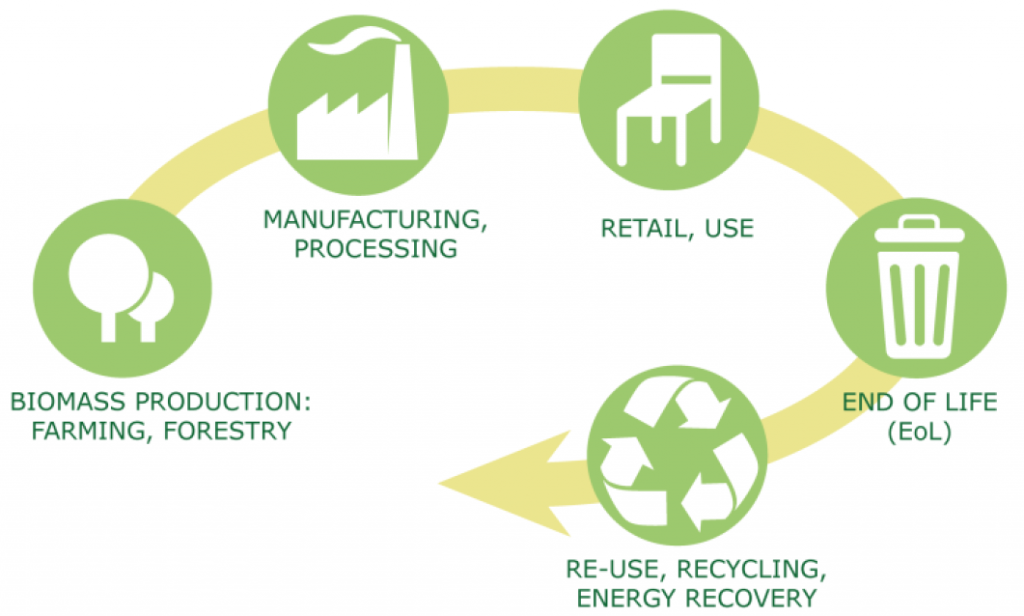
Ecological Footprint assesses the amount of territory needed to generate the biological resources consumed and to absorb the waste that an activity needs and produces.
Another known aspect is the 3 Rs:
- Reduce the consumption of scarce materials and non-renewable energy
- Reuse the existing
- Recycle giving a new use to someting that already existed by transforming it.
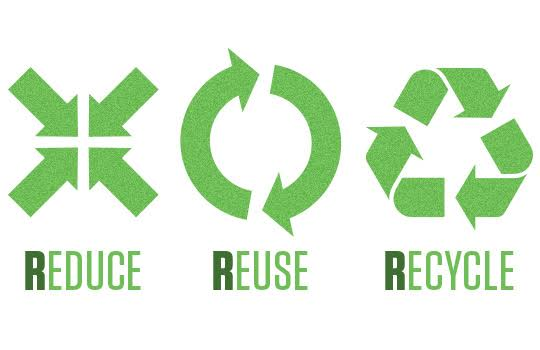
Now, going back to those first terms, we are going to see their meaning among other architectural ones.
- green: is used in reference to anythig related to the envionment.
- eco-friendly: that it does not harm the environment.
- bio-: products that have not been artificially procesed or have chemicals, pesticides or fertilizers.
- km0: serves to identify products linked to a territory because they save a lot of CO2 emissions.
- permaculture: integration of the landscape and people producing food, energy, shelter and other necessities sustainably.
architectural
- low-tech: simple, inexpensive technologies which are acessible to all and easily repairable by locally available means.
- passive: design that maximises the use of natural resources of heating, cooling and ventilation inside buildings.
- nZEB: nearly Zero-Energy Building. Buildings that has very low energy consuption, mostly from renewable resources.
- passive house: one of the international standards for certifying nZEBs.
.
HEALTHY BUILDINGS
It is the connection between human biology and the environment. They must allow air quality, water quality, natural light, thermal comfort, noise protection…
The relation with the nature influences positively. To this contribute the proportion of spaces, chromatic atmosphere, texture of materials, exterior view…
There is a thing called Sick Building Syndrome which referes to the combination of syntoms associated with a built place affecting the health of its inhabitants. Biololgical, chemical, physical and psychosocial factors associate to this.
.
CLIMATE-HUMAN BEING
Climate has an effect on humans energy and health. Atmospheric conditiond can stimulate or depress humans’ physical and mental health. Some elements that influence our comfort are temperature, radiation, movement of the air and humidity, as well as the characteristics of the clothing and of the type of work.
Temperature, sunshine, prevailing winds, rainfall, snow and humidity not only affect us directly, but also to the interaction with the building itself.
.
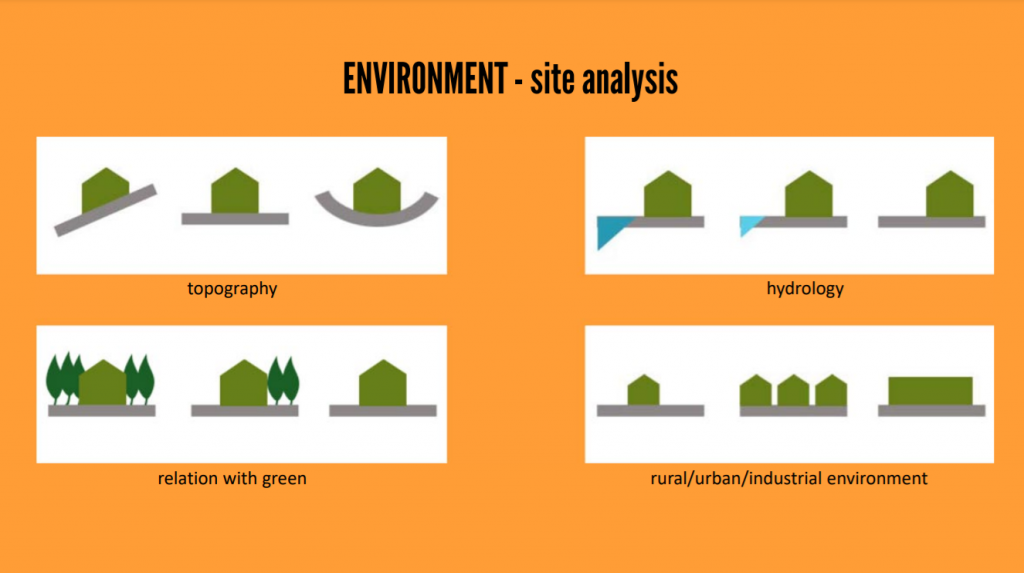
.
SUSTAINABLE DESIGN
The great industrial development has led to a loss of skills and knowledge accumulated over the centuries, which is a problem. As we have seen before, socio-economy, socio-culture and environment affect the sustainability fo a building therefore there is a series of sustainable principles regarding this which help reduce this problem.
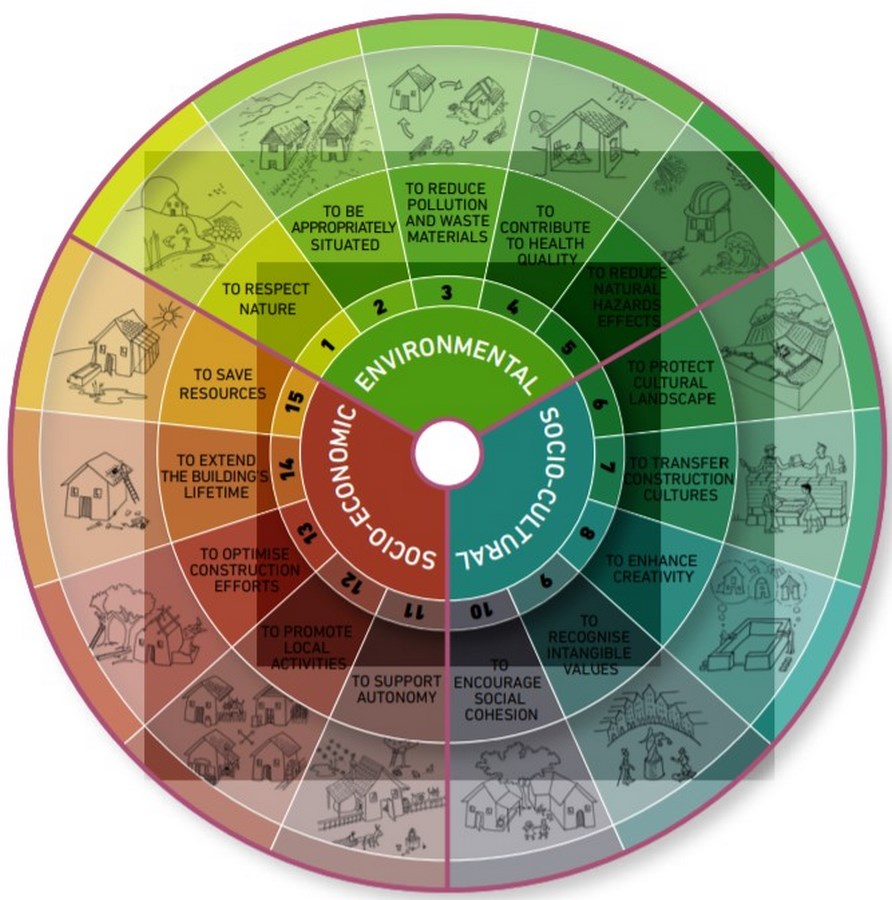
Bio-architecture minimizes the negative effects of constructions on humans and the environment. It is people-centered, energy efficient, has functional and flexible spaces and usesrecyclable materials.
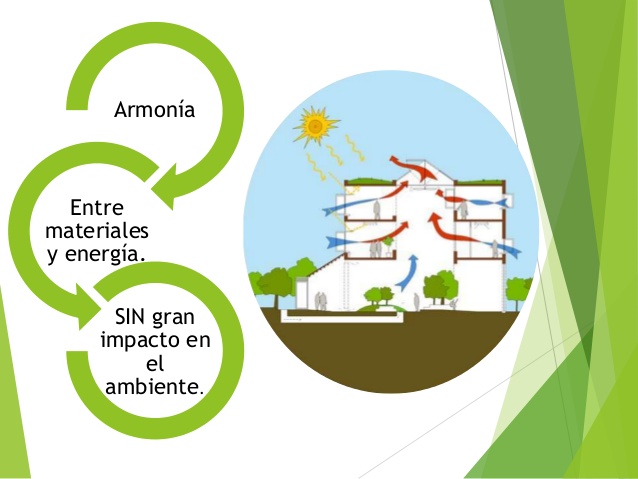
Bioclimatic architecture represents a working method that directs the project to achieve sustainability starting with preliminary studies.
There are some constructive solutions to control micro-climate on the different seasons. Hindering direct solar irradiation, adequate orentation of the building, cross ventilation, clear finishes usage and thermal inertia.
.
MATERIALS
The materials used have a big impact on the level of sustainability of a building. Traditional materials guarantee greater wholesomness and well-being than synthetic ones.
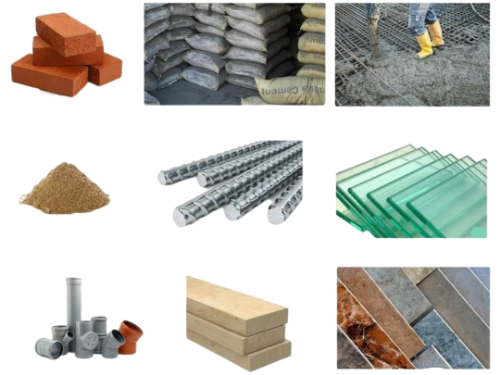
.
LET’S NOT BE FOOLED
Biomorphism is often used with bio-architecture however, neither a bio form is guarantee of a bio essence, nor the traditional forms, materials and techniques are unnatural.
Globalization of sustainable constructive solutions do not consider cultural aspects, local materials and specific environmental conditions of each site.
The use of natural materials for decoration do not reveal a superficial approach to sustainability.
Economic savings that reduced energy buildings give does not consider the energy cost generated throughout its life.
Recycling is the last option within a group of more sustainable variants like repair, rehabilitation, recovery, re-use…
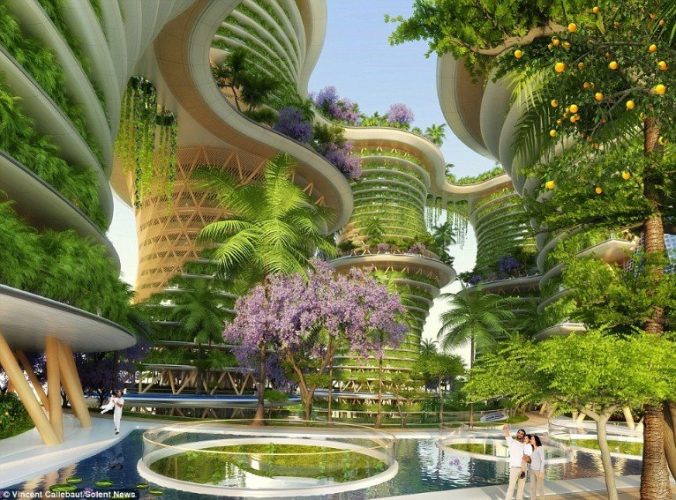
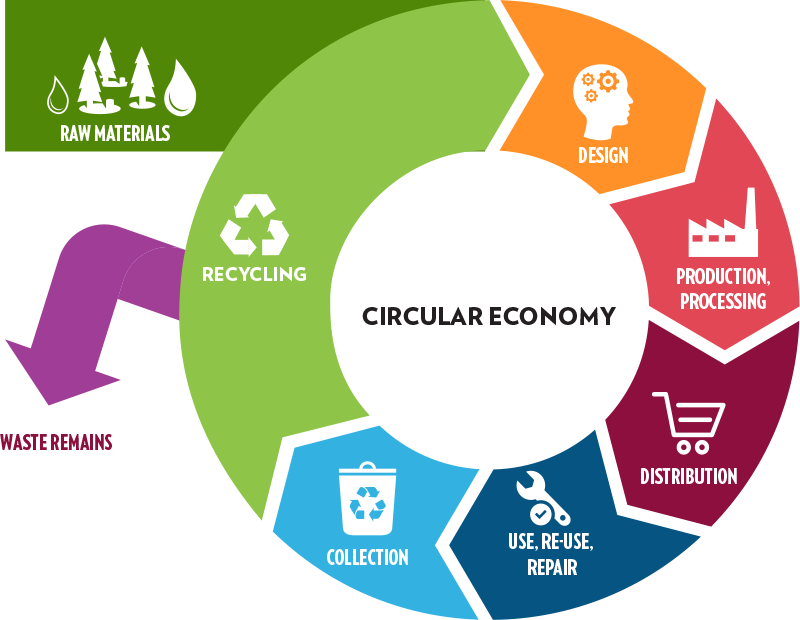
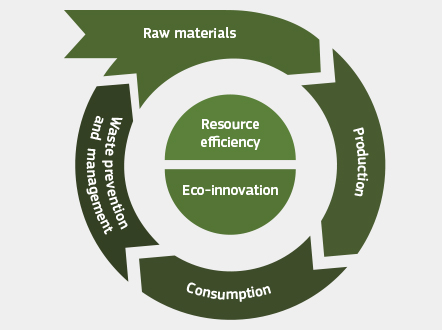


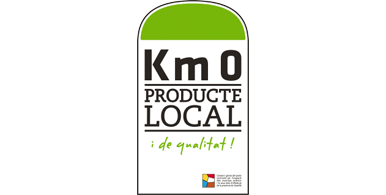
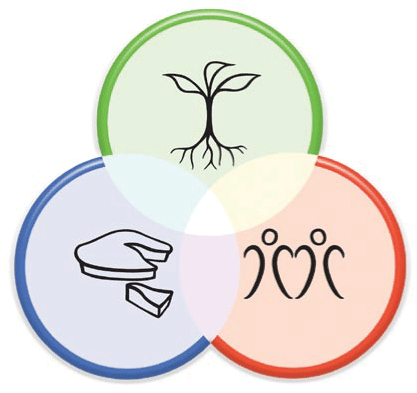

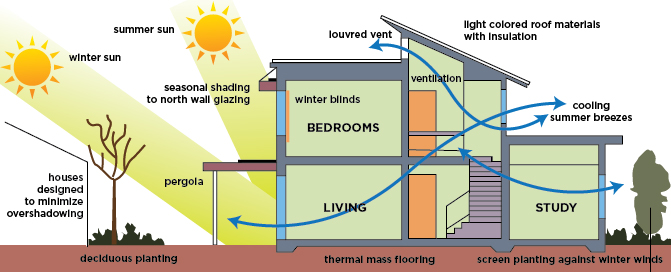
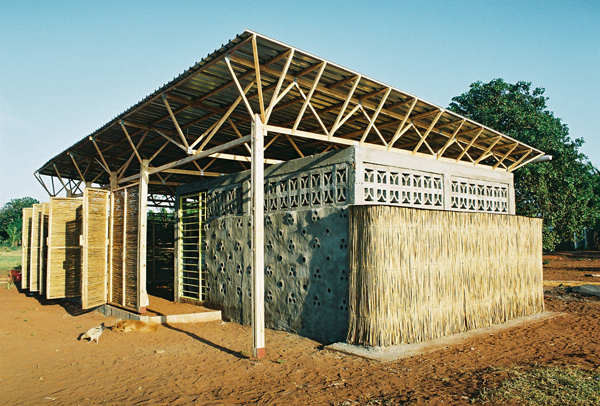
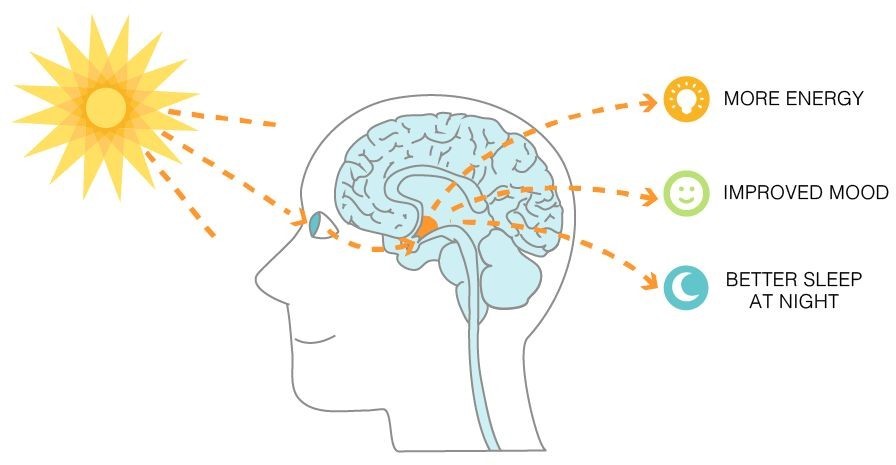
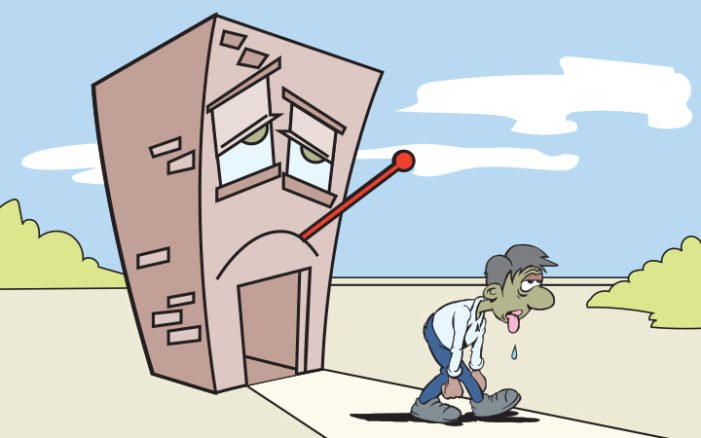
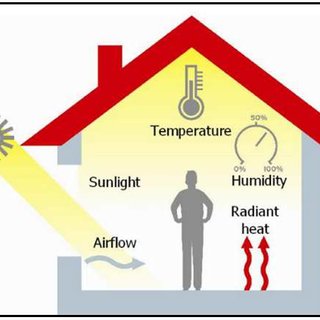
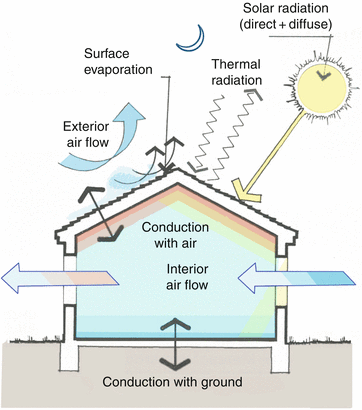
Hola, esto es un comentario. Para empezar a moderar, editar y borrar comentarios, por favor, visita la pantalla de comentarios…